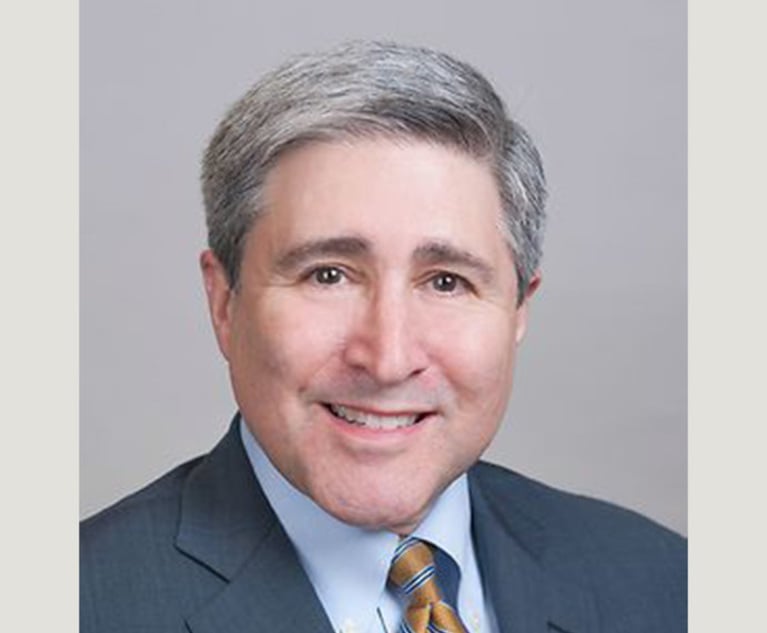NU Online News Service
|The years of dominance enjoyed by off-shore captive domicilesmay be coming to an end as more captive formations move onshoreinto the United States and Europe, says a report from the InsuranceInformation Institute.
|In an update to its research of alternative risk vehicles onThursday, I.I.I. says more than half of captive formations in 2011were located within the European Union and the United States,increasing the total of onshore domiciles from 35 percent in1991.
|Two of 2011's top five captives were onshore, with Vermont's 590active captives coming in third to the 862 located in Bermuda and707 located in Cayman.
|Guernsey, an onshore captive domicile with 343 captives wasfourth and Barbados, an off-shore domicile, rounded out the topfive with 270 captives.
|In Europe, Guernsey was the largest domicile with 343 captivesin 2011. Luxembourg was second (242) followed by the Isle of Man(133), Dublin (101) and Sweden (49).
|In the United States, a number of states have passed lawspermitting the formation of captives, with Oregon being the mostrecent to open to single-parent (set-up by an individual company),association and reinsurer captives since July.
|In June 2011, Tennessee passed legislation enabling captives towrite workers' compensation insurance policies and permittingprotected-cell, branch and special-purpose financeoperations. The state hopes to boost its captive circulationsince it dropped to four in 2010.
|In July 2012, Connecticut licensed Thomson Reuters RiskManagement, Inc., as its first captive insurance company. The riskmanagement vehicle of Thomson Reuters had moved from its locationin Delaware, but Connecticut's jobs legislation revisions expandedthe types of insurance transactions permitted by captives.
|Vermont is the largest U.S. captive domicile followed by Utah(239), Hawaii (172), South Carolina (159) and the District ofColumbia (157).
|A.M. Best said that in 2011, 209 U.S. captive insurancecompanies saw a net income decrease of 21 percent pertaining tounderwriting income, net investment income and realized capitalgains, casting some uncertainty on their financial health. Thesurvey attributes this to a continuing soft market, low investmentyields and a sleepy worldwide economy. However, single-parentcaptives outperformed the commercial market that year inprofitability.
|A regulatory issue of concern in Europe arises under SolvencyII. The regulations could boost regulatory capital requirements forEU's captives by up to 400 percent when it is implemented between2013 and 2014. In the European Union, captives in one domicile areallowed to be admitted into another within the EU. However, underthe proposed Solvency II rules, it is not yet evident if a captiveowned by an EU business or associattion, but domiciled outside ofthe EU, will have regulatory equivalence.
Complete your profile to continue reading and get FREE access to Treasury & Risk, part of your ALM digital membership.
Your access to unlimited Treasury & Risk content isn’t changing.
Once you are an ALM digital member, you’ll receive:
- Critical Treasury & Risk information including in-depth analysis of treasury and finance best practices, case studies with corporate innovators, informative newsletters, educational webcasts and videos, and resources from industry leaders.
- Exclusive discounts on ALM and Treasury & Risk events.
- Access to other award-winning ALM websites including PropertyCasualty360.com and Law.com.
*May exclude premium content
Already have an account? Sign In
© 2024 ALM Global, LLC, All Rights Reserved. Request academic re-use from www.copyright.com. All other uses, submit a request to [email protected]. For more information visit Asset & Logo Licensing.








